If you are a faith leader and would like more information related to mental health issues that may affect your congregation click on the links below to learn more.

 IF YOU ARE A PARENT/GUARDIAN OF A YOUTH OR YOUNG ADULT BELOW ARE links to RESOURCES REGARDING mental health. Don’t wait until it is too late.
IF YOU ARE A PARENT/GUARDIAN OF A YOUTH OR YOUNG ADULT BELOW ARE links to RESOURCES REGARDING mental health. Don’t wait until it is too late.
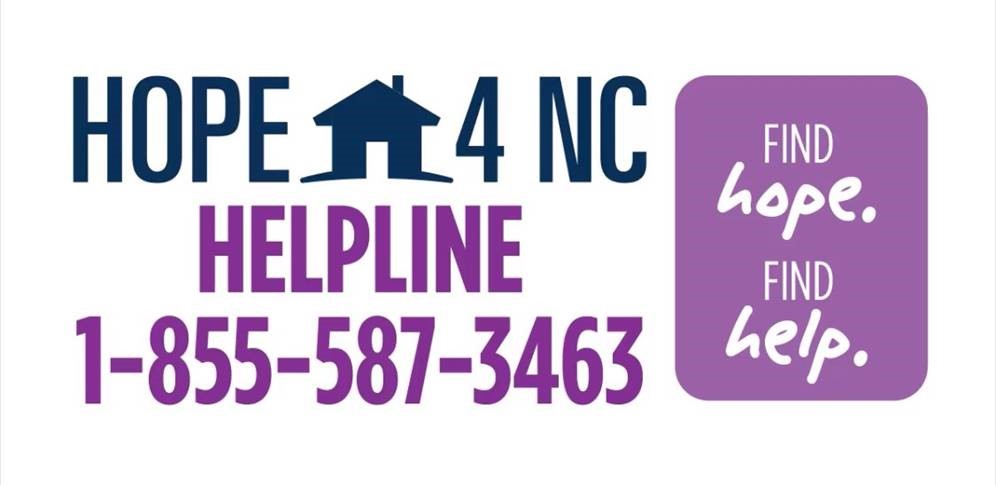
The Hope4NC Helpline (1-855-587-3463) connects North Carolinians to additional mental health and resilience supports that help them cope and build resilience during times of crisis.
As part of the state’s previous hurricane recovery efforts it served over 4,400 people in the most impacted counties, and now it is being made available to everyone in North Carolina’s 100 counties during the COVID-19 crisis. This initiative is in partnership with all seven of the state’s LME/MCOs and REAL Crisis Intervention Inc. in Greenville. Hope4NC is now available 24 hours per day, seven days a week to speak to a live person.
You can find more information here:
Dr. Guy Winch is a licensed psychologist who works with individuals, couples and families. As an identical twin with a keen eye for any signs of favoritism, he believes we need to practice emotional hygiene with the same diligence with which we practice personal and dental hygiene.
As an advocate for psychological health, Dr. Winch has spent the last two decades adapting the findings of scientific studies into tools his patients, readers and audience members can use to enhance and maintain their mental health.
When you cut your finger, you clean the cut, apply pressure to stop the bleeding and might even grab a cute Mickey Mouse or Cinderella band-aid to cover it up to prevent infection.
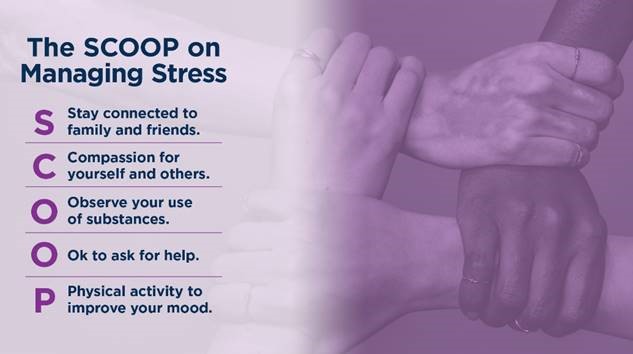
Is it an intense cycling class, participating in a book club, or is it going on a nature walk? Is it crafts, meditation, spending time with a pet?
Before COVID-19, many of us had those activities that we did out of habit that brought us joy in some way or another that we may no longer be doing.
Maybe it was something you did 10 or 20 years ago, or even something you did just 6 months ago. How can you bring that JOY back into your routine?
Different self-care activities:
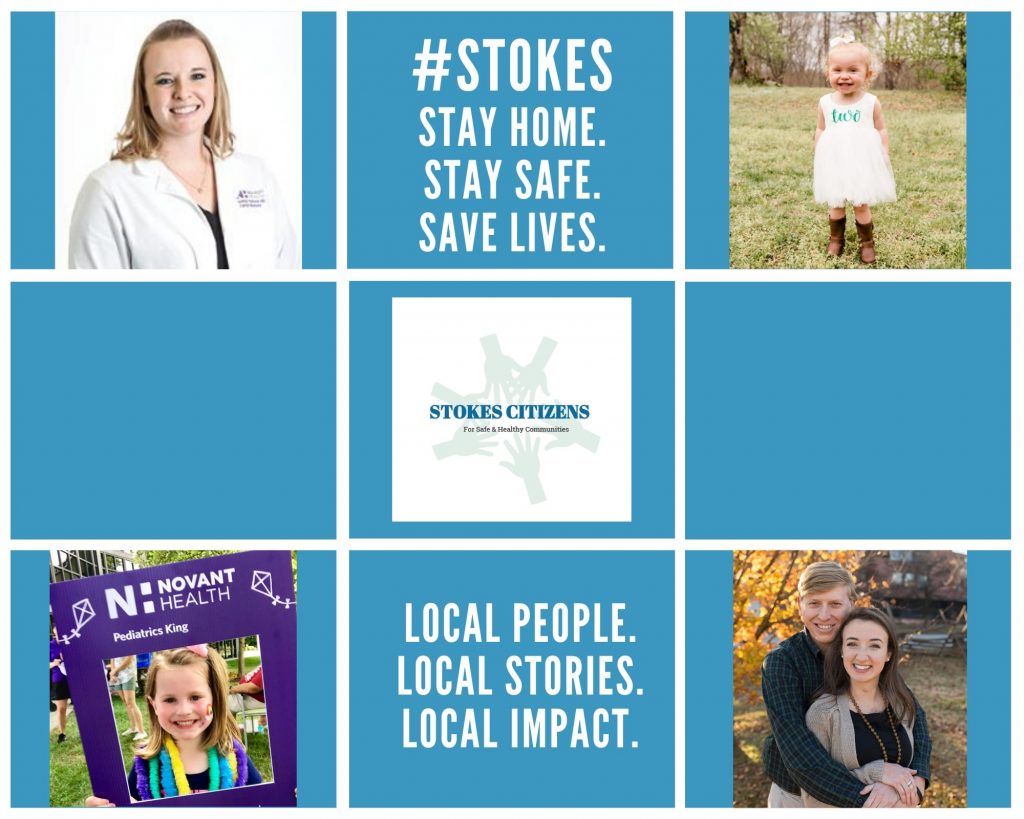 During our series of Local People, Local Stories, Local Impact, we featured Amanda Smith, Member Engagement Specialist for Cardinal Healthcare Innovations.
During our series of Local People, Local Stories, Local Impact, we featured Amanda Smith, Member Engagement Specialist for Cardinal Healthcare Innovations.“As we all continue to shelter in place, we at Cardinal want to thank you for letting us provide you with what we hope is a weekly dose of wellness. And in case a reminder is needed–you deserve to feel good both physically and emotionally. See below for easy ways to practice self-care.”-
Amanda Smith, Member Engagement Specialist for Cardinal Innovations Healthcare
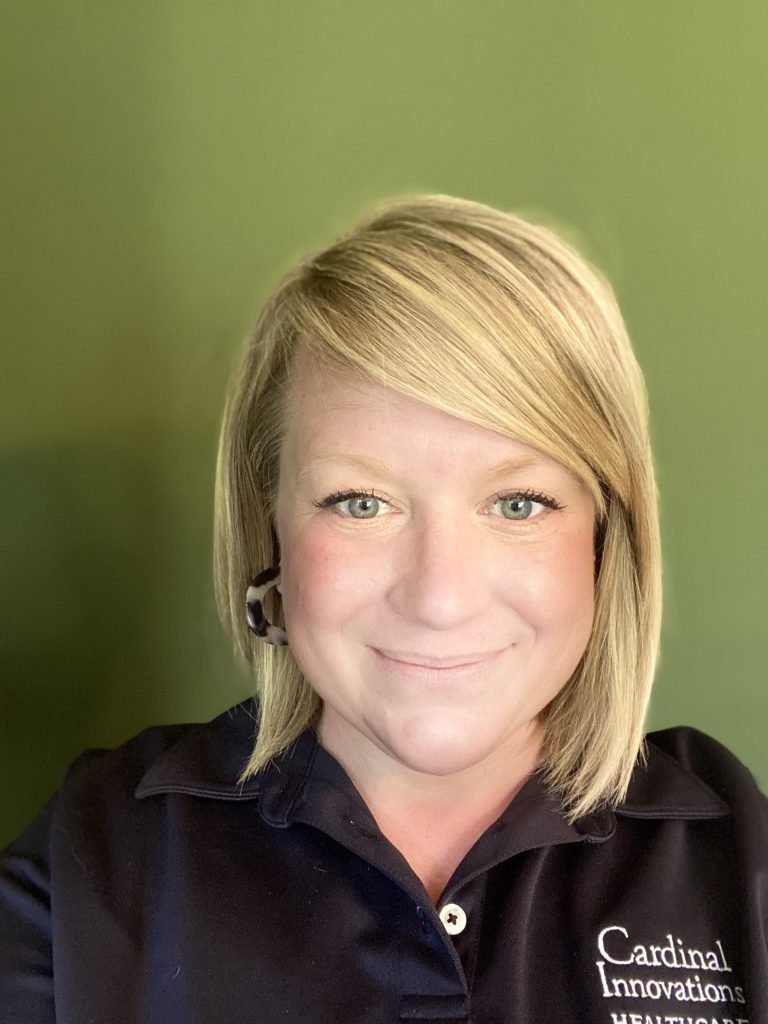

“We recognize that the effects of COVID- 19 are far reaching beyond just our physical health. The fear of contracting the virus, adapting to new routines, isolation and difficulties obtaining necessities can have profound effects on our emotional health. Supporting our members and our communities in maintaining their health and wellness is always our top priority.”
“In efforts to support the Stokes Community we have worked collaboratively with community partners such as Insight Human Services, the Stokes County Cooperative Extension, local artist Dianna Altrath and Licensed Marriage and Family Therapist Diana Bryant to provide ‘Virtual Wellness Programming’.”
“I have had the pleasure of working with these agencies and individuals on a regular basis in the community at our Cardinal Innovations Wellness Center in Walnut Cove before COVID-19 and am excited to have a new platform for them to share their knowledge, talents and abilities to those who may need it.”
“As an organization we are also sending out ‘Virtual Wellness Kits’ to community members that includes entertainment links, tips to talking with your child about COVID-19 and how to access community resources to address needs such as food insecurities. I am proud to say that we have also started the COVID-19 Relief Fund which is a grant that will fund the efforts of non-profits who are supporting those affected by COVID-19.”
As a Member Engagement Specialist, we are working closely with other departments within our organization, behavioral health providers and community members to ensure access to mental health, substance use and developmental disability services.
“We understand that navigating behavioral health resources can be difficult and COVID-19 has added complexity to this. We want our communities and the residents of Stokes County to know that we are committed to ensuring that you get connected to the behavioral health services that you need.”
“Now is more important than ever to connect people who may be experiencing a mental health crisis to the right help at the right time and place.
This helps us to support our local community hospitals and keep our Emergency Rooms free for those who need them the most during the COVID- 19 pandemic. Please know that you are not alone and many people are struggling with adapting to all life changes large and small.
While COVID-19 has been a difficult experience for us as a whole, I am inspired by my colleagues, Stokes Community Partners and the Stokes Community at how far everyone will go to provide support to those in need. We truly are in this all together!”

Brigit Katz, Child Mind Institute
On a recent afternoon, JD Bailey was trying to get her two young daughters to their dance class. A work assignment delayed her attempts to leave the house, and when Bailey was finally ready to go, she realized that her girls still didn’t have their dance clothes on. 
Witnessing a parent in a state of anxiety can be more than just momentarily unsettling for children. Kids look to their parents for information about how to interpret ambiguous situations; if a parent seems consistently anxious and fearful, the child will determine that a variety of scenarios are unsafe. And there is evidence that children of anxious parents are more likely to exhibit anxiety themselves, a probable combination of genetic risk factors and learned behaviors.
It can be painful to think that, despite your best intentions, you may find yourself transmitting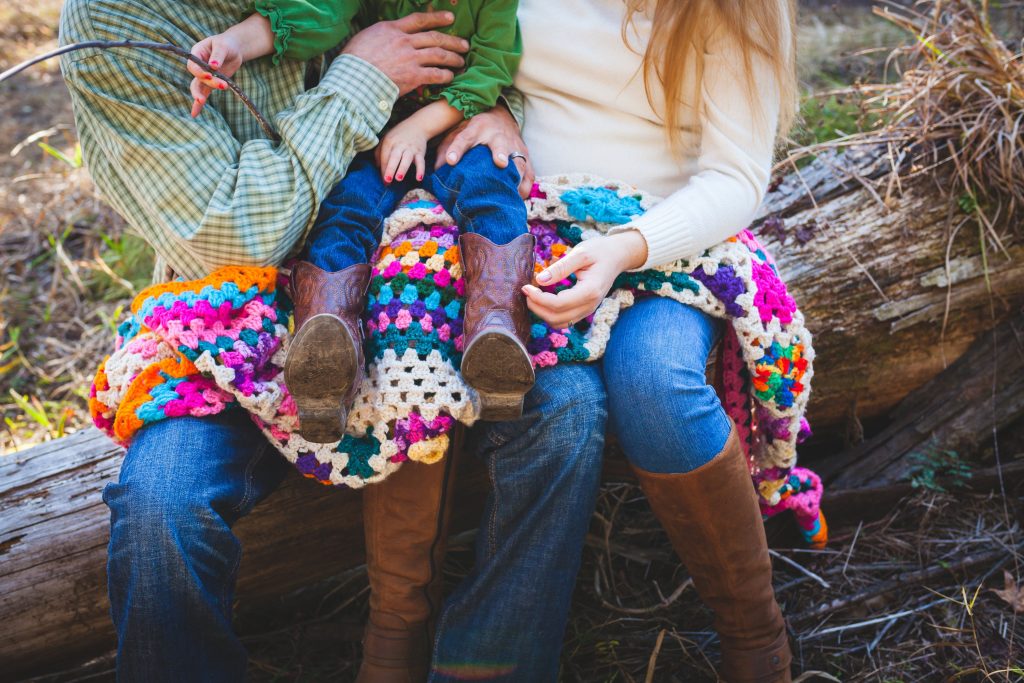 your own stress to your child. But if you are dealing with anxiety and start to notice your child exhibiting anxious behaviors, the first important thing is not to get bogged down by guilt.
your own stress to your child. But if you are dealing with anxiety and start to notice your child exhibiting anxious behaviors, the first important thing is not to get bogged down by guilt.
But the transmission of anxiety from parent to child is not inevitable. The second important thing to do is implement strategies to help ensure that you do not pass your anxiety on to your kids. That means managing your own stress as effectively as possible, and helping your kids manage theirs. “If a child is prone to anxiety,” Dr. Howard adds, “it’s helpful to know it sooner and to learn the strategies to manage sooner.”
 It can be very difficult to communicate a sense of calm to your child when you are struggling to cope with your own anxiety. A mental health professional can help you work through methods of stress management that will suit your specific needs. As you learn to tolerate stress, you will in turn be teaching your child—who takes cues from your behavior—how to cope with situations of uncertainty or doubt.
It can be very difficult to communicate a sense of calm to your child when you are struggling to cope with your own anxiety. A mental health professional can help you work through methods of stress management that will suit your specific needs. As you learn to tolerate stress, you will in turn be teaching your child—who takes cues from your behavior—how to cope with situations of uncertainty or doubt.
“A big part of treatment for children with anxiety,” explains Dr. Laura Kirmayer, a clinical psychologist, “is actually teaching parents stress tolerance. It’s a simultaneous process—it’s both directing the parent’s anxiety, and then how they also support and scaffold the child’s development of stress tolerance.”
You might find yourself learning strategies in therapy that you can then impart to your child when she is feeling anxious. If, for example, you are working on thinking rationally during times of stress, you can practice those same skills with your child. Say to her: “I understand that you are scared, but what are the chances something scary is actually going to happen?”
Try to maintain a calm, neutral demeanor in front of your child, even as you are working on managing your anxiety.
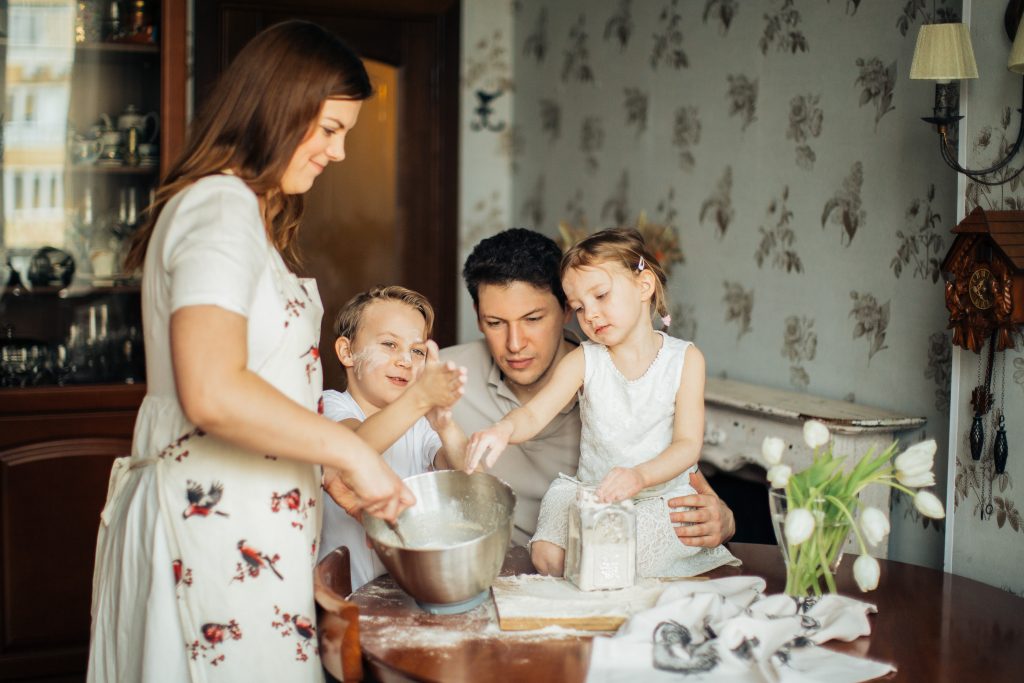 words you choose, and the intensity of the emotion you express, because kids are reading you. They’re little sponges and they pick up on everything.”
words you choose, and the intensity of the emotion you express, because kids are reading you. They’re little sponges and they pick up on everything.”While you don’t want your child to witness every anxious moment you experience, you do not have to constantly suppress your emotions. It’s okay—and even healthy—for children to see their parents cope with stress every now and then, but you want to explain why you reacted in the way that you did.
Let’s say, for example, you lost your temper because you were worried about getting your child to school on time. Later, when things are calm, say to her: “Do you remember when I got really frustrated in the morning? I was feeling anxious because you were late for school, and the way I managed my anxiety was by yelling. But there are other ways you can manage it too. Maybe we can come up with a better way of leaving the house each morning.”
Talking about anxiety in this way gives children permission to feel stress, explains Dr. Kirmayer, and sends the message that stress is manageable. “If we feel like we have to constantly protect our children from seeing us sad, or angry, or anxious, we’re subtly giving our children the message that they don’t have permission to feel those feelings, or express them, or manage them,” she adds. “Then we’re also, in a way, giving them an indication that there isn’t a way to manage them when they happen.”
Come up with strategies in advance for managing specific situations that trigger your stress. You may even involve your child in the plan.
Maybe you can come up with a plan wherein he earns points toward a privilege whenever he goes through his evening routine without protesting his bedtime. 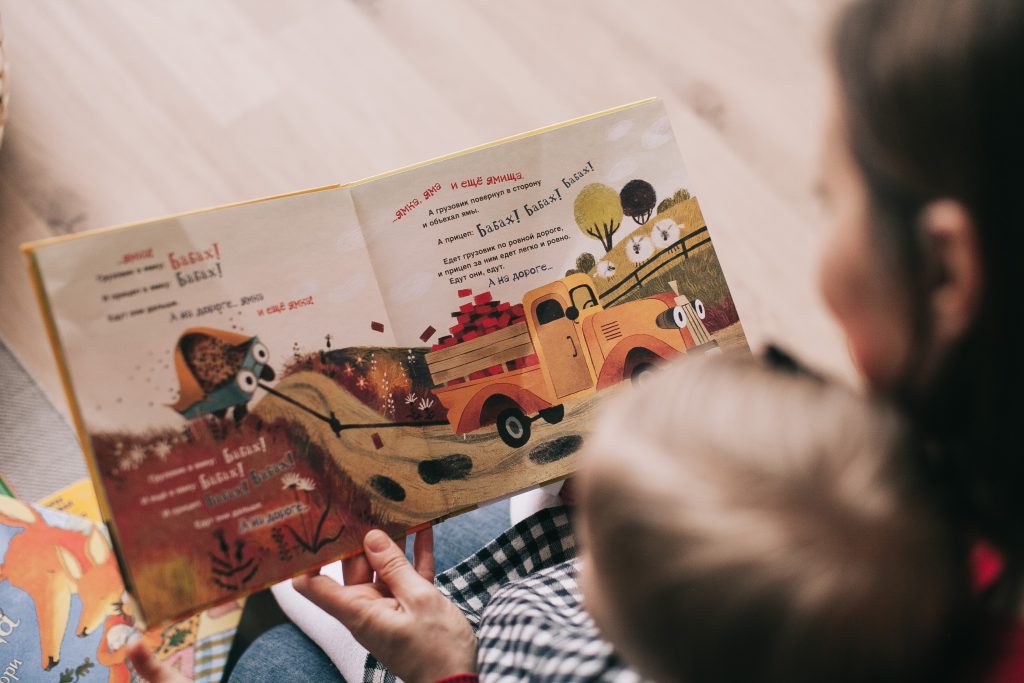
These strategies should be used sparingly: You don’t want to put the responsibility on your child to manage your anxiety if it permeates many aspects of your life. But seeing you implement a plan to curb specific anxious moments lets him know that stress can be tolerated and managed.
If you know that a situation causes you undue stress, you might want to plan ahead to absent yourself from that situation so your children will not interpret it as unsafe. Let’s say, for example, that school drop-offs fill you with separation anxiety. Eventually you want to be able to take your child to school, but if you are still in treatment, you can ask a co-parent or co-adult to handle the drop off. “
In general, if you feel yourself becoming overwhelmed with anxiety in the presence of your child, try to take a break. Danielle Veith, a stay-at-home mom who blogs about her struggles with anxiety, will take some time to herself and engage in stress-relieving activities when she starts to feel acutely anxious. “I have a list of to-do-right-this-second tips for dealing with a panic, which I carry with me: take a walk, drink tea, take a bath, or just get out the door into the air,” she says. “For me, it’s about trusting in the fact that the anxiety will pass and just getting through until it passes.”
 Trying to parent while struggling with your own mental health can be a challenge, but you don’t have to do it alone. Rely on the people in your life who will step in when you feel overwhelmed, or even just offer words of support. Those people can be therapists, co-parents, or friends.
Trying to parent while struggling with your own mental health can be a challenge, but you don’t have to do it alone. Rely on the people in your life who will step in when you feel overwhelmed, or even just offer words of support. Those people can be therapists, co-parents, or friends.
Information provided by https://childmind.org/article/how-to-avoid-passing-anxiety-on-to-your-kids/
Rae Jacobson, Child Mind Institute.
 Fears are an inescapable part of being a kid: Hiding behind the couch during a thunderstorm. Being sure there’s something in the closet — a monster! Performing those endless nighttime gymnastics —Five more minutes! One more glass of water! — to avoid going to bed by themselves.
Fears are an inescapable part of being a kid: Hiding behind the couch during a thunderstorm. Being sure there’s something in the closet — a monster! Performing those endless nighttime gymnastics —Five more minutes! One more glass of water! — to avoid going to bed by themselves.
When these fears rear up, as parents our natural instinct is often to soothe and comfort. There’s nothing under the bed, I promise! But, realistically, parents can’t — and shouldn’t — always be there to help kids calm down. Teaching your child how to manage his fears without parental intervention will help him build the confidence and independence he’ll need to feel more in control, and less afraid, both now and as he grows up.
So how do we help kids start feeling braver? The key is an invisible skill called self-regulation. Self-regulating is essentially the ability to process and manage our own emotions and behaviors in a healthy way.
It’s what gives us the ability to talk ourselves down or to feel things without acting on them. Most grown-ups practice self-regulation without a second thought. Think of feeling a moment of fear before reassuring yourself that there’s really nothing scary about a dark room. But for kids, building self-regulation takes time, practice and space to learn — which means parents have get comfortable with letting kids be a little uncomfortable as they figure things out. 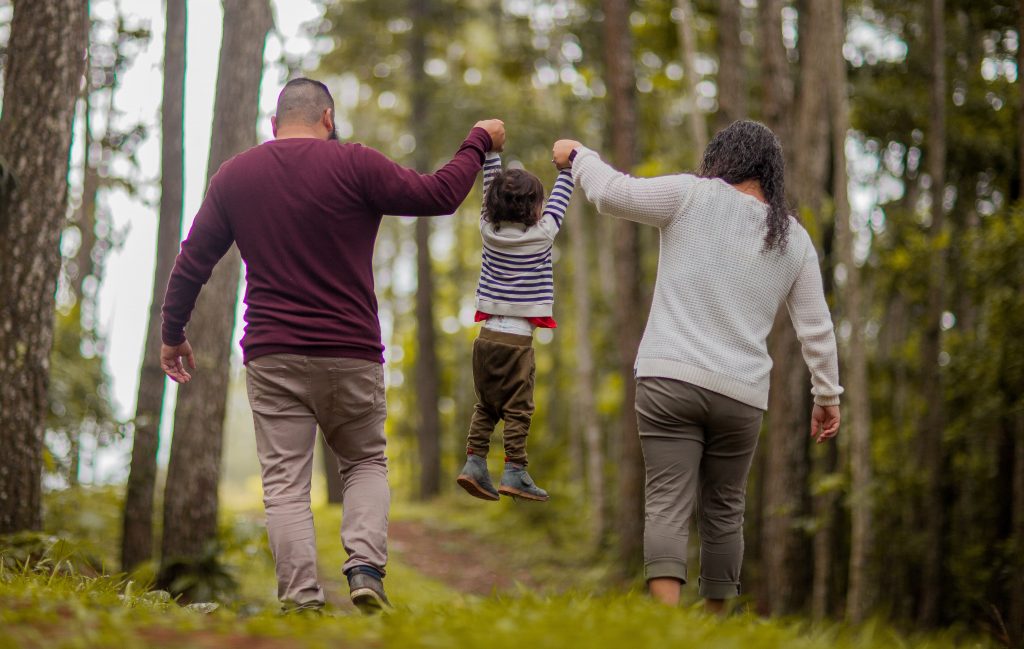
“Being afraid sometimes is a normal, healthy part of growing up,” says Elianna Platt, a social worker at the Child Mind Institute.
And, while kids do unfortunately sometimes face things that are truly frightening, most garden-variety childhood fears don’t represent an actual threat — the “monster” in the closet is just an old coat you’ve been meaning to donate — which means they actually present an ideal chance for kids to work on their self-regulation skills. But for that to happen, parents often have to address their own anxiety first.
“We want to give kids the chance to practice getting through difficult situations,” says Platt, “but for a lot of parents, that’s easier said than done.” When you see your child in distress the natural response is to want to make it better, especially if the fix seems like an easy one. But, though jumping in might help your child be less afraid in the moment (and feel better to you), in the long run it can make it more difficult for her to learn how to calm herself down. “If kids get the message that Mom or Dad will always be there to do the comforting, there isn’t much incentive, or opportunity, to learn how to do it themselves,” notes Platt.
Of course this doesn’t mean withdrawing all support. “We’re not talking about suddenly putting your kid in his dark bedroom and saying “Bye! Be brave! See you in the morning!” says Dr. Rachel Busman, a clinical psychologist at the Child Mind Institute. The goal she says, is to gently guide kids along until they’re ready to take the reins themselves. “We want to provide the scaffolding they need to stand on their own.”
So what’s the best way to help (without helping too much)?

Kids may know what they’re scared of, but they don’t always have the words to explain. Asking specific questions can help. For example if a child is afraid of dogs you could say, “What makes dogs scary?” “Did a dog surprise you or knock you over?” “Is there a certain dog you’re afraid of?” Once you have a better grasp on what your child is afraid of you’ll have a clearer idea of how to help her work through it.
Being alone, The dark, Dogs or other big animals, Bugs, Heights, Getting shots or going to the doctor, Unfamiliar or loud noises, Imaginary monsters — the “thing” under the bed, etc.
 2. Validate, then move on.
2. Validate, then move on. Once you know what the fear is, let your child know you’re taking it, and him, seriously.
“When a kid says something’s scary, there’s a pretty good chance that we as adults don’t think it’s scary,” says Dr. Busman.
“But we always want to start by validating their feelings.”
Once you’ve offered reassurance it’s important to move on quickly, says Dr. Busman. ”We don’t want to dwell on offering comfort around the scary thing, because even that can become reinforcing and take on a life of its own.” Instead, start talking about how you’ll work together to help him start feeling braver and get to the point where he’s able to manage the fear by himself.
Work with your child to set reasonable goals. For example, if she usually needs you to sit in the room with her until she falls asleep, you could agree that by the end of the week she’ll try turning off the light and falling asleep on her own. Once you’ve set the goal, talk through the steps you’ll take to reach it, and be patient.

Finally, parents should remember that change takes time, and fear is a very powerful feeling. Stay consistent and praise your child’s hard work: “I thought it was really brave of you to stay in your room for half an hour. Let’s see if we can go longer tomorrow!”
Let your child know you think he can tackle his fears, even if he isn’t so sure yet.
“Saying things like, “You’ve got this!” or, “You’re being so brave!” can help your child feel more confident,” says Dr. Busman.
Kids, especially younger ones, may need a few tries before things stick, so don’t give up if your child is still asking for that third glass of water or hiding from dogs on the street even after you’ve started working on building bravery.
Information provided by https://childmind.org/article/help-children-manage-fears/
 All kids get an occasional headache or stomach ache — think not enough sleep or too much Halloween candy. But when children get them often, they may be signs of anxiety.
All kids get an occasional headache or stomach ache — think not enough sleep or too much Halloween candy. But when children get them often, they may be signs of anxiety.
Stomach aches in the morning before school. Headaches when there’s a math test on the schedule. Butterflies before a birthday party. Throwing up before a soccer game. These physical symptoms may be the first evidence a parent has that a child is anxious. In fact, the child may not even know she is anxious.
“Especially with kids who may not be able to verbalize what they’re feeling anxious about, the way their anxiety manifests can be through physical symptoms,” explains Amanda Greenspan, LCSW, a clinical social worker at the Child Mind Institute.
In fact anxiety is associated with a host of physical symptoms, including headaches, nausea, vomiting and diarrhea, along with a racing heart, shakiness or sweating — symptoms older people experience when they’re having a panic attack.
All these physical symptoms are related to the fight-or-flight response triggered when the brain detects danger. All of them have a purpose, notes Janine Domingues, PhD, a clinical psychologist at the Child Mind Institute. When she talks to kids about anxious headaches or stomach aches, she explains the role of each.
For instance, she says, “your stomach hurts because your digestive system is shutting down to send blood to other areas of your body. You don’t want to be digesting food at that moment because you’re trying to either flee danger or fight danger.”
Dr. Domingues assures children that these symptoms are not harmful — they’re just their emergency system responding to a false alarm. But it’s important to understand that kids aren’t necessarily inventing their symptoms, and the danger may feel very real to them. Don’t assume a child who spends a lot of time in the nurse’s office at school is doing it intentionally to get out of class. Her acute anxiety may be causing her pain.
“Headaches and stomach aches related to anxiety are still real feelings, and we want to take them seriously,” says Ms. Greenspan.
 Check with your pediatrician
Check with your pediatricianWhen a child develops a pattern of physical symptoms before school, or other potentially stressful moments, experts recommend that you visit your doctor to rule out medical concerns. But if the child gets a clean bill of health, the next step is to help the child make the connection between their worries and their physical symptoms.
Parents can start by validating their child’s experience and reframing it in a more helpful way. Instead of telling kids there’s nothing wrong with them, the goal is to tell them that what they’re feeling is worry.
“We give it a name,” adds Dr. Domingues. “We help them connect it to an emotion and label it.”
And after some practice kids are able to identify it, she adds. ” ‘Yes, my stomach hurts and, oh yeah, I remember that’s because I’m feeling worried.’ And after learning some skills to help them calm down, I think they feel a sense of control. And that helps.”
The first thing our experts suggest is something parents should not do, or at least try not to do: Let kids avoid things they are afraid of. It can be very tempting when children are complaining of a headache or stomach ache to let them stay home from school, or skip the party or the game they’re worried about. But avoidance actually reinforces the anxiety.
“If we’re allowing them to avoid it,” says Ms. Greenspan, “then they’re not able to learn that they can tolerate it.” The message needs to be:
Another things parents should not do is ask children leading questions like “Are you worried about the math test?” Questions should be open ended, to avoid suggesting that you expect them to be anxious: “How are you feeling about the math test?”
If the problems your child is having are disrupting his ability to go to school consistently — or concentrate at school, participate in activities, socialize with peers — he might have developed an anxiety disorder that should be treated by a mental health professional. The treatment favored by most clinicians for anxiety disorders is cognitive behavioral therapy (CBT). CBT helps kids — as young as 5 years old — identify their anxiety and learn skills to reduce it.
The techniques clinicians teach children to calm down body and mind can also be deployed by parents, for children with less impairing symptoms.
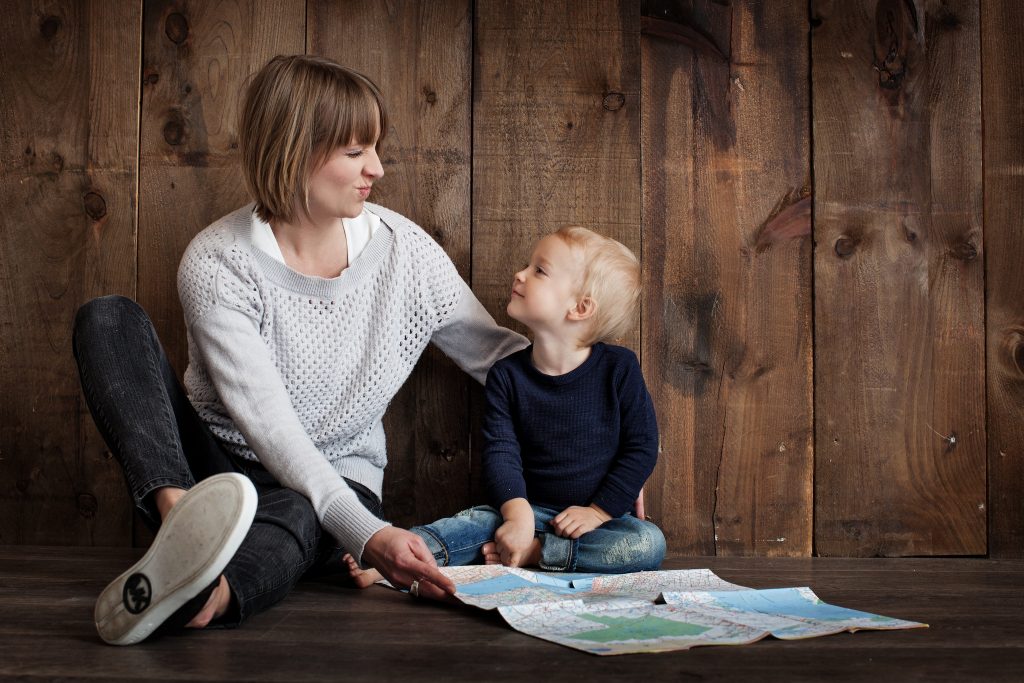 Techniques for calming down
Techniques for calming downHere are some of the techniques clinicians teach anxious children, adapted from CBT and mindfulness training:
 The parents’ role is key
The parents’ role is keyIt’s only natural that parents don’t want to see their kids in distress or make them go to school when they’re worried that they’ll throw up. That puts parents in a difficult spot. “What we hear from parents is, ‘We just let him stay home one day — and one day led to three months,’ ” says Dr. Domingues. It’s a slippery slope — the child may ask to stay home more and more.
“So we work with parents a lot around how to find that balance between enabling anxiety and meeting a child where they are,” she adds. “And we also give them statements that they can use to be empathic and encouraging at the same time. For instance: ‘I know that this is really hard and you feel like you’re sick. But we also know that this is anxiety, and you can get through it.’ ”
Parents also face the challenge of tolerating their own anxiety about pushing a child who says she is ill or worried about vomiting. “If your kid is in distress and talking about not wanting to go to school or feeling sick or thinking they might throw up,” says Dr. Domingues, “then you’re, as a parent, also anxious that that might happen.”
Information provided by https://childmind.org/article/anxious-stomach-aches-and-headaches/